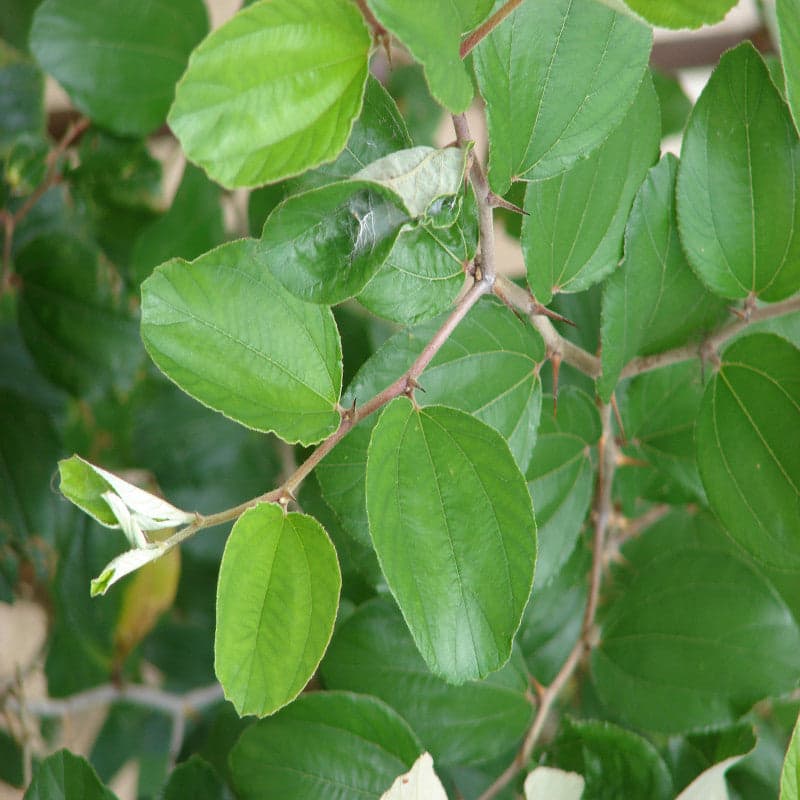Imagine you’re walking through a dense forest. As you meander through the towering trunks and rustling leaves, take a moment to engage your senses. Can you hear the whisper of the wind weaving through branches? Can you feel the dappled sunlight breaking through the canopy above? Now, here’s a playful challenge for you: try to list five ways trees impact your life without resorting to the obvious benefits like shade or paper. If you’re struggling, don’t worry. By the end of this article, you’ll realize that trees are much more impactful than most of us tend to appreciate.
Trees, those often-overlooked giants of the landscape, play a multifaceted role in our ecosystem, our health, and even our economy. While they stand as sentinels in nature, their contributions extend far beyond the physical realm. In this exploration, we will delve into the intricate relationships that trees foster and why they matter more than you might think.
1. The Unsung Heroes of Climate Regulation
One of the most significant roles trees play is in climate regulation. They act as natural air filters, absorbing carbon dioxide and releasing oxygen—a process known as photosynthesis. In fact, a mature tree can absorb approximately 48 pounds of carbon dioxide annually. Think about it: while we pollute the atmosphere, trees work tirelessly to restore balance. Moreover, they sequester carbon in their trunks, branches, and leaves, ultimately reducing the greenhouse gases that contribute to global warming. Trees can dramatically cool urban heat islands, decreasing energy costs during scorching summers. This interplay between trees and climate is a symbiotic relationship that merits our admiration.
2. Biodiversity and Habitat Preservation
Forests harbor around 80% of the world’s terrestrial biodiversity. Trees provide habitats for countless species, from the majestic birds that nest in their branches to the myriad insects that flourish in their bark. The interconnected web of life found in tree ecosystems is vital for maintaining biodiversity, which in turn supports ecosystem productivity and resilience. The loss of trees directly threatens this delicate balance, exemplifying the critical importance of afforestation and sustainable forestry practices.
3. The Connection to Human Health
Did you know that spending time among trees can significantly enhance your mental well-being? Numerous studies have highlighted the therapeutic benefits of nature, particularly forests. The act of "forest bathing," or immersing oneself in a wooded environment, has been shown to reduce stress levels, lower blood pressure, and bolster immune function. Trees release phytoncides—natural chemicals that can boost immune response. Just the sight of trees can create a soothing effect, promoting relaxation and healing. In our fast-paced, technology-driven world, trees offer a sanctuary that can rejuvenate the body and nourish the spirit.
4. Economic Contributions
The economic implications of trees extend far beyond lumber production and paper products. Urban trees can increase property values dramatically, creating aesthetically pleasing environments that attract residents and businesses alike. Furthermore, trees in agricultural settings contribute to improved crop yields by creating microclimates, reducing pest populations, and preventing soil erosion. Agroforestry practices exemplify how integrating trees into farming can bolster productivity while maintaining environmental integrity. In this regard, trees are not simply passive elements of the landscape; they are dynamic contributors to economic vitality.
5. Cultural and Historical Significance
Trees possess a profound cultural significance in various societies across the globe. From ancient times, they have symbolized strength, wisdom, and endurance. Many cultures revere specific species, such as the oak in Celtic traditions or the banyan tree in Hindu beliefs, which embodies the interconnectedness of life. Historical events are often associated with trees, serving as living memorials of human triumphs and tragedies. Consider the iconic sycamore tree that shaded George Washington or the ancient olive trees that witnessed the rise and fall of empires. These living monuments narrate tales that transcend time, offering a connection to our shared heritage.
6. Water Cycle and Soil Health
Trees play a crucial role in the hydrological cycle. Through a process called transpiration, they move water from the soil into the atmosphere, contributing to rainfall and ensuring the water table’s health. Their roots help maintain soil structure and prevent erosion, allowing nutrients to bind effectively. The presence of trees replenishes groundwater and improves water quality by filtering pollutants. In these ways, trees function as a natural safeguard for our freshwater resources, linking their health directly to our survival.
In conclusion, trees matter more than you might think—ushering in benefits that enrich our lives, support our environment, and contribute to our economy. Whether you’re planting a sapling in your backyard or wandering through an expansive forest, recognize that each tree carries an ecological legacy. They provide solace, inspiration, and innumerable advantages to humanity. So, the next time you find yourself in a serene glade or simply passing a lone oak, reflect on the many ways these botanical guardians influence your existence. Ultimately, our fate is inextricably linked to the majestic trees that grace our planet, and it’s high time we honor their profound importance.




















Responses (0 )